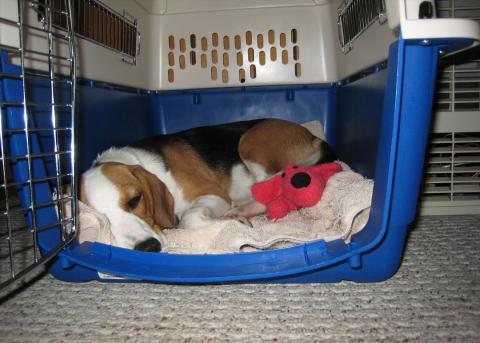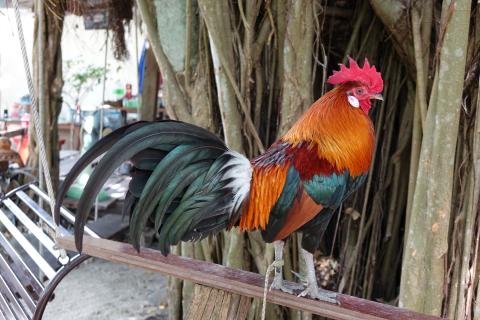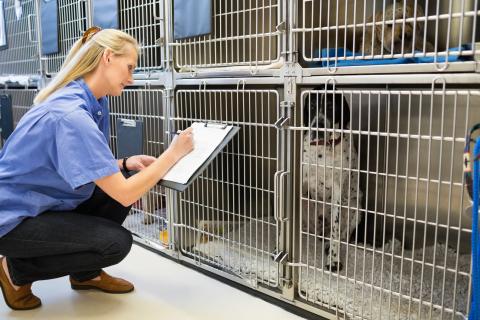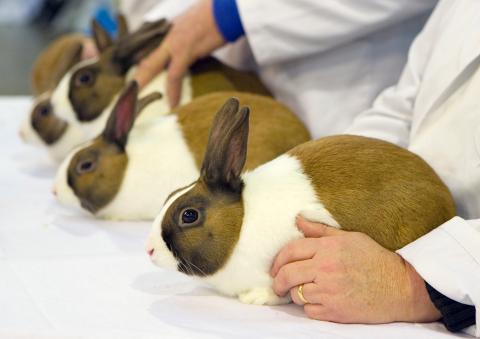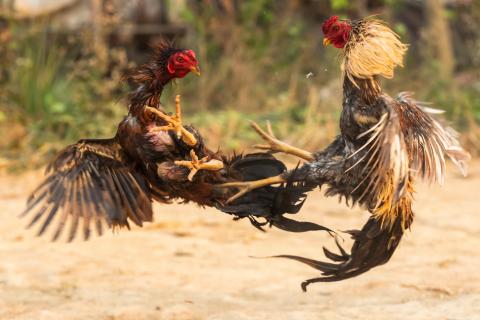Pepper Goes Missing
Sports Illustrated* reports the story of Pepper, the Lakavage family's Dalmatian that was stolen from their farm in Pennsylvania in June 1965 and sold to a research facility in New York City. Pepper's theft and eventual death prompts Rep. Joseph Resnick (D-NY) to introduce a Laboratory Animal Welfare bill in Congress, an early milestone in the history of the Animal Welfare Act.
*Phinizy, C. (1965, November 29). The Lost Pets That Stray to the Labs. Sports Illustrated. https://perma.cc/8NW7-2BMJ. Accessed 3 April 2024.

Dalmatian Ch. Rugby Britannia, Bred by Mrs. Hebe Bedwell from "The complete book of the dog" (1922). Courtesy of University of British Columbia Library, image by Tom Reveley.
 An official website of the United States government.
An official website of the United States government.


